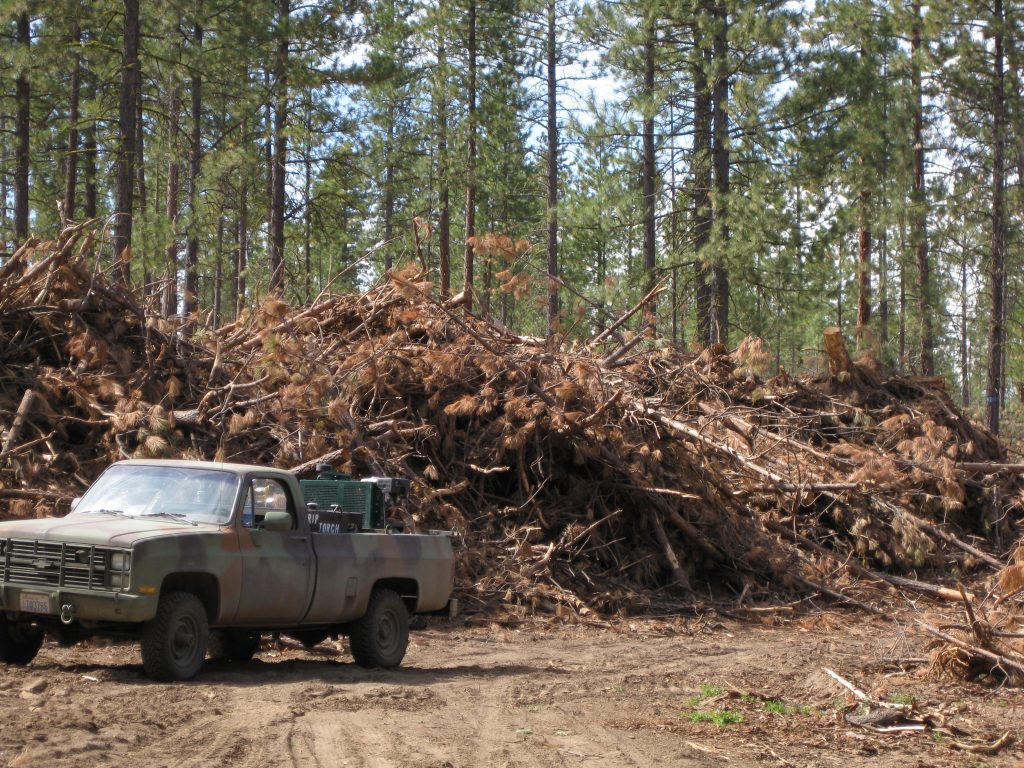Abstract
Baling of fine forest residuals such as tops, branches, and thinnings is expected to reduce the cost of collection, transport, and processing. Baling may enable economical access to currently stranded biomass resources that are inaccessible to large in-woods grinders and specialized chip hauling vehicles. The technical feasibility of baling logging slash branches and tops has been demonstrated with an engineering prototype biomass baler. Design and specification of full-scale operationally efficient balers for use in forest settings entails achieving objectives and constraint sets held by many stakeholders such as landowners, operators, contractors, manufacturers, etc. This paper details a disciplined and structured Appreciative Design Method used to establish engineering, functional, and configuration specifications for an entirely new class of woody biomass balers.
About the Publication
Dooley, J. H., C. J. Lanning and D. N. Lanning (2015). Conceptual specification of forest residue balers using the Appreciative Design Method. ASABE Paper No. 152189213. St. Joseph, MI, American Society of Agricultural and Biological Engineers.
Read the full article in PDF format:

